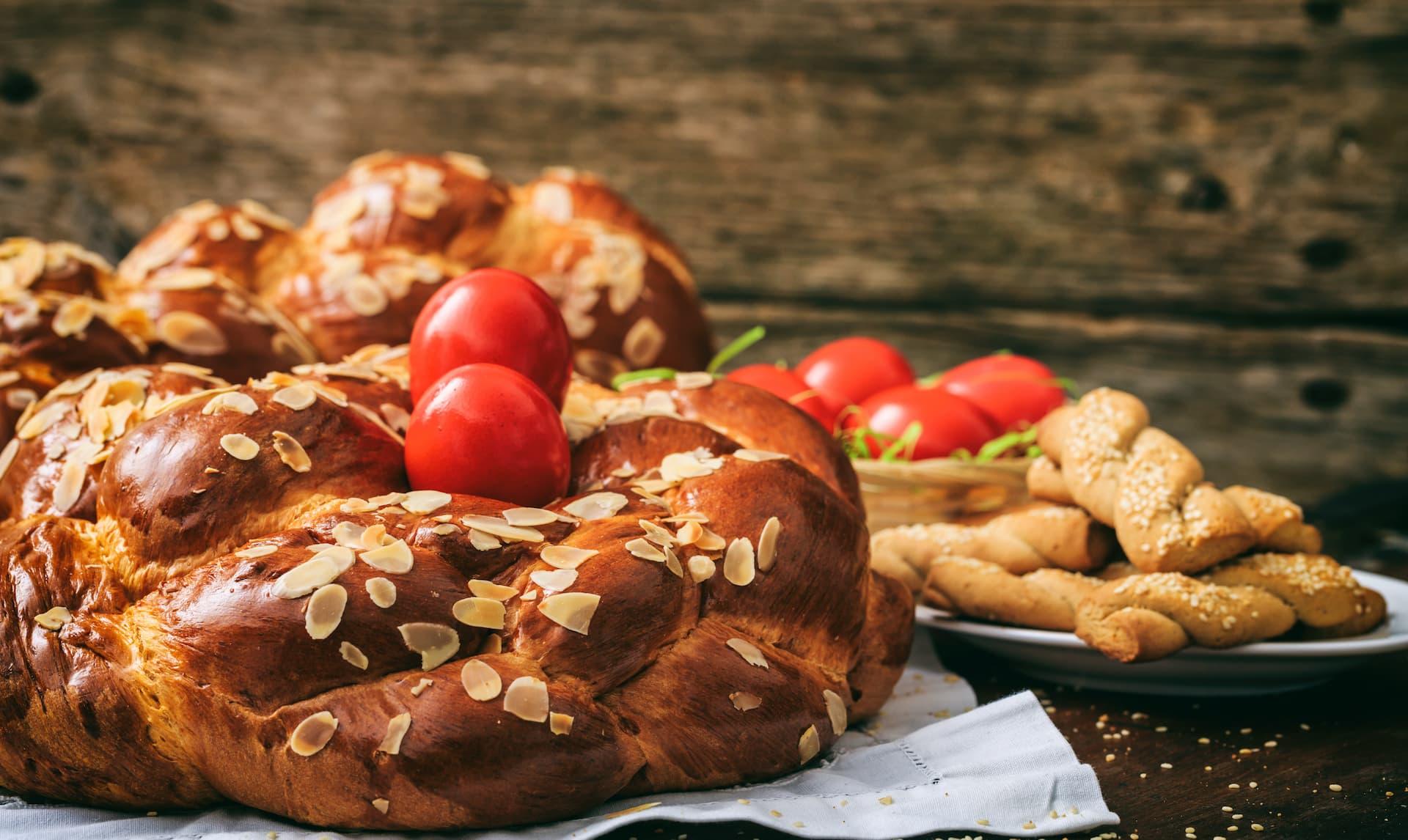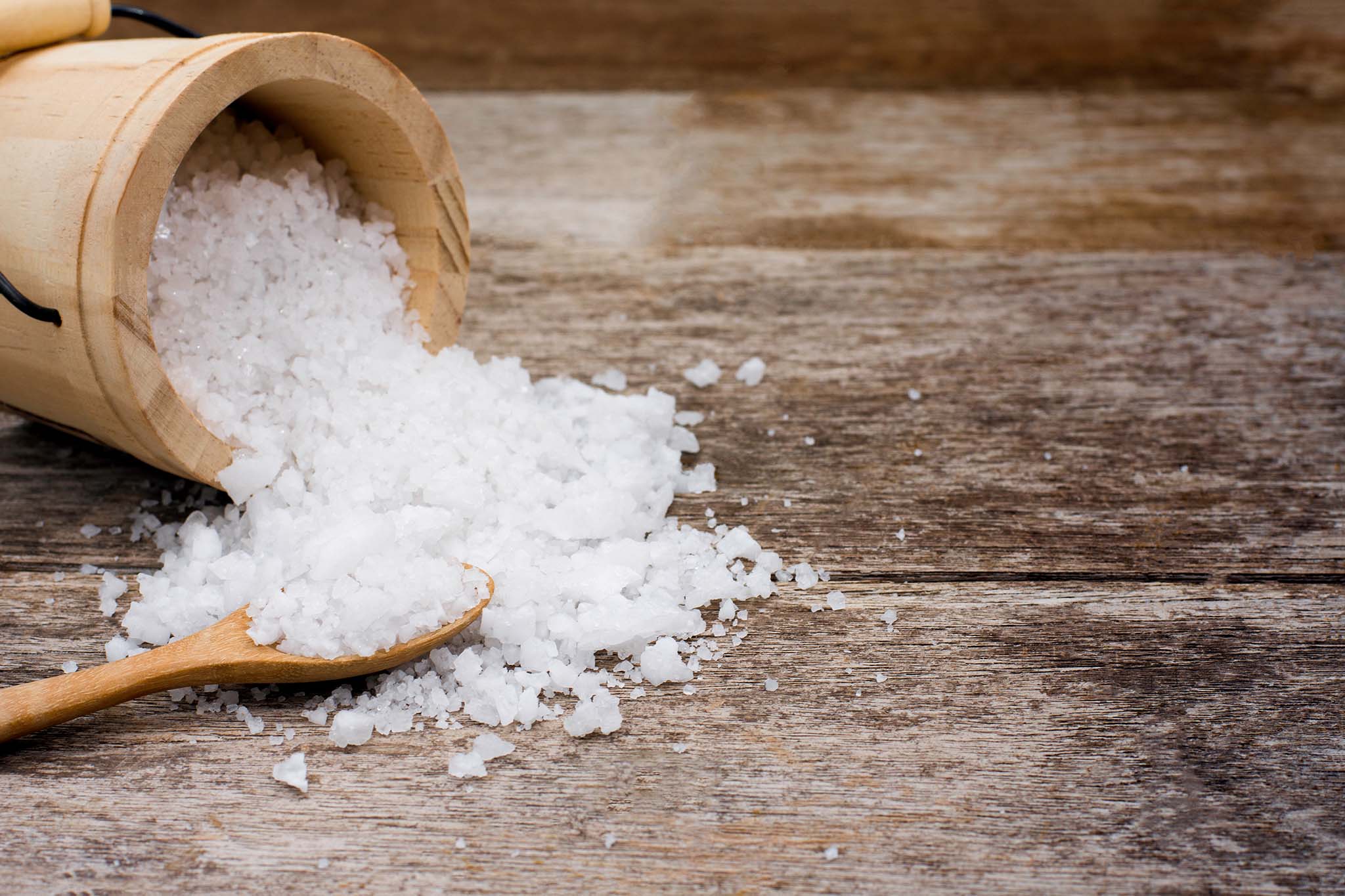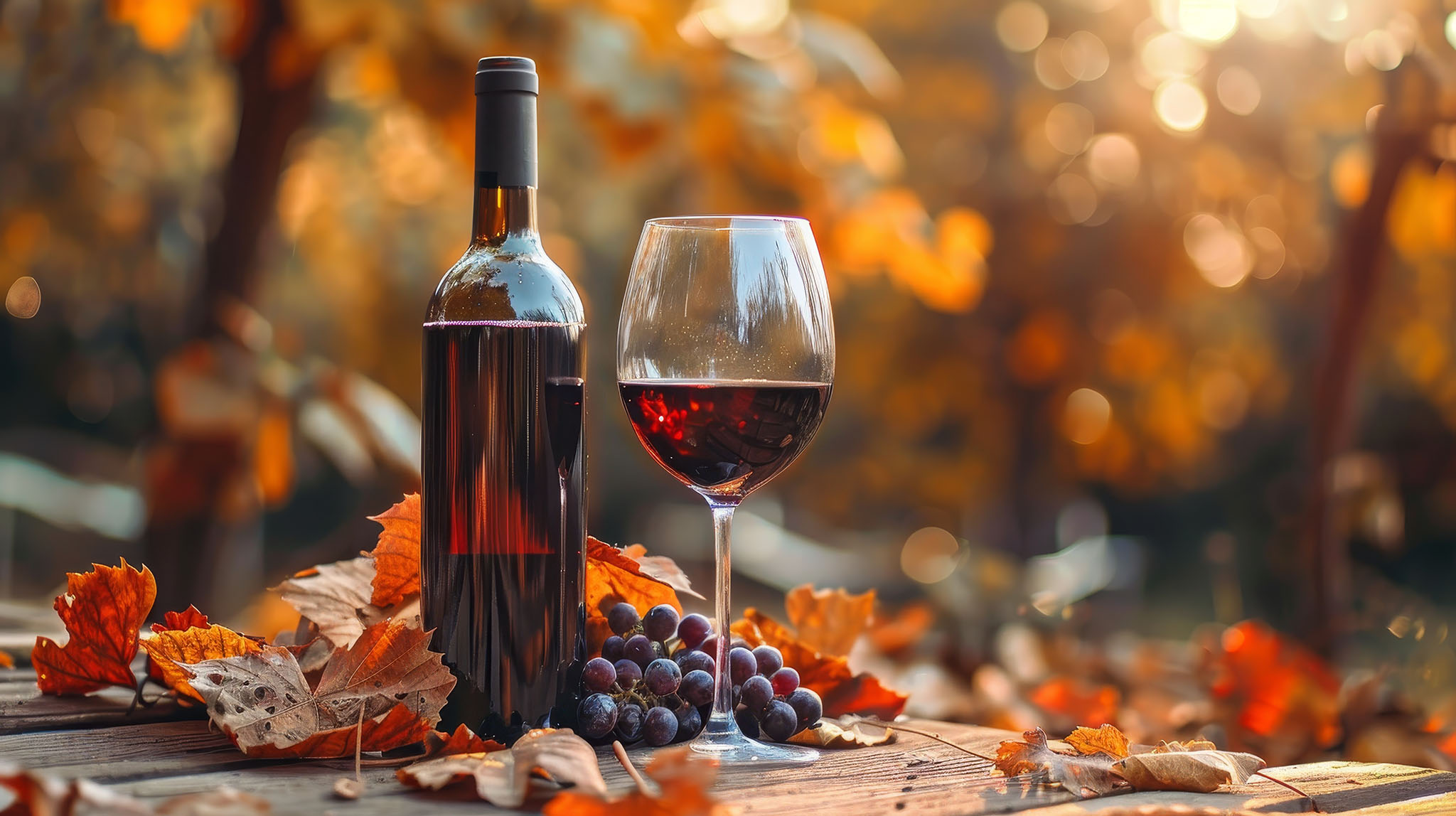
Nestled amidst rugged mountains and the crystal-clear waters of the Mediterranean, Mani provides a unique setting for Easter traditions, steeped in both history and spirituality.
Preparations Before Easter
In anticipation of Easter, the people of Mani meticulously prepare their homes, whitewashing walls and fences to renew and beautify their surroundings, symbolizing purification and readiness for the holy week. This tradition of cleaning and decorating reflects a spiritual cleansing to receive the blessings of the Resurrection.
Fasting and Culinary Delights
During Holy Week, fasting is observed in Mani, where vegetarian culinary traditions come to the forefront. Fresh shellfish, locally sourced vegetables, and traditional herb pies grace the family tables, honoring Mani's rich gastronomic heritage and fostering mental and physical discipline before the great Resurrection.
The kneading of Lambriatiki Kouloura
One beloved Easter delicacy in Mani is the 'Labriatiki Kouloura.' On Maundy Thursday, housewives knead one for each family member with a 'heptazymo' (a seven-times fermented) dough, symbolizing the seven days of Holy Week. Additionally, they prepare other Easter cookies and the traditional milk pie of Mani, known as 'galatopita'.
Egg Dyeing and Breaking Tradition
One of the most beloved Easter customs in Mani, as in the rest of Greece, is the dyeing of red eggs, symbolizing the blood of Christ and the promise of new life, which traditionally takes place on Maundy Thursday. In the past, the Maniots used natural colors derived from plants, vegetables, and herbs for egg dyeing. These eggs are still placed in prominent positions within homes today, serving as a central part and reference point of Easter decoration, awaiting the "egg cracking" that occurs immediately after the Resurrection, early on Sunday morning, along with the exclamation "Christ has Risen."
In Mani, another wonderful custom that takes place on Maundy Thursday is the burying of one of these eggs in the ground, which is then dug up on Easter Sunday. The condition and appearance of this egg are examined by the experienced, and interpreted to predict the future, intertwining faith with ancient folk beliefs.
Good Friday and the Epitaph Procession
The pinnacle of Easter rituals in Mani is the procession of the Epitaphios (Holy Sepulchre) on Good Friday. On this day, the streets of Mani are filled with a profound sense of reverence. Villagers gather to witness the solemn procession of the Epitaphios, a symbolic representation of Christ's tomb, accompanied by chanting and liturgical hymns that honor His sacrifice and the journey from darkness to light. In the recent past, the decoration of the Epitaph was undertaken by young girls from the neighborhoods. Starting from the previous day, they, along with boys, would gather the most beautiful flowers from the fields and gardens of Mani, engaging in a mental competition to create the most exquisite Epitaph.
Easter Sunday: A Celebration of Resurrection
The true spectacle in Mani unfolds on Easter Sunday at midnight. As the proclamation "Christos Anesti" (Christ has risen) resonates throughout the region, thousands of colorful fireworks illuminate the Mani sky, transforming the night with bursts of vibrant color and light. This breathtaking display is not only a visual delight but also a collective expression of joy and spiritual renewal.
Following the midnight celebration, Easter Sunday unfolds with the ringing of church bells marking the 'Second Resurrection' at noon, accompanied by the tradition of the Burning of Judas. At the heart of these festivities lies the roasting of lamb on the spit, a culinary tradition that begins early in the morning alongside the preparation of kokoretsi, a favorite traditional dish made from the lamb's innards such as liver and spleens, all wrapped in its intestines. The anticipation of this culinary centerpiece marks the culmination of a joyous gathering of family, relatives, and friends, complete with traditional dances, laughter, and playful banter.
Unique Monday Tradition: The Litany
On the second day of Easter, known as 'Bright Monday,' a special Mani tradition unfolds: the Litany. It commences in the morning as priests lead a procession from the churches, followed by the faithful carrying icons and crosses. The procession winds its way through the villages, echoing with the chanting of resurrection hymns, until it reaches the cemeteries. There, prayers are solemnly offered for the departed, uniting the community in a solemn commemoration of those who have passed on.
Experience Easter Magic at Akrolithi Boutique Hotel
For those eager to immerse themselves in the magic of Easter in Mani, there's no better destination than Akrolithi Boutique Hotel. Here, guests not only witness but also actively participate in the Easter celebrations. Upon arrival, each visitor is warmly welcomed with traditional 'lampades' (Easter candles), preparing them for a meaningful participation in the midnight Resurrection service and the receiving of the Holy Light. Following the service, as the joyful cry of 'Christos Anesti' and the ringing of bells resonate throughout, guests are treated to red eggs, symbolizing life and resurrection. This warm gesture invites guests to fully embrace the heart and warmth of Mani's cherished Easter traditions.
In the end, Easter in Mani isn't just a holiday—it's a heartfelt homecoming, an opportunity to rekindle bonds with the land, the sea, and the timeless traditions that define this enchanting corner of Greece. We invite you to join us in celebrating life, love, and the splendor of Easter in Mani. We promise you won't depart with just memories; you'll leave with a piece of your heart forever entwined with ours. Christos Anesti!





